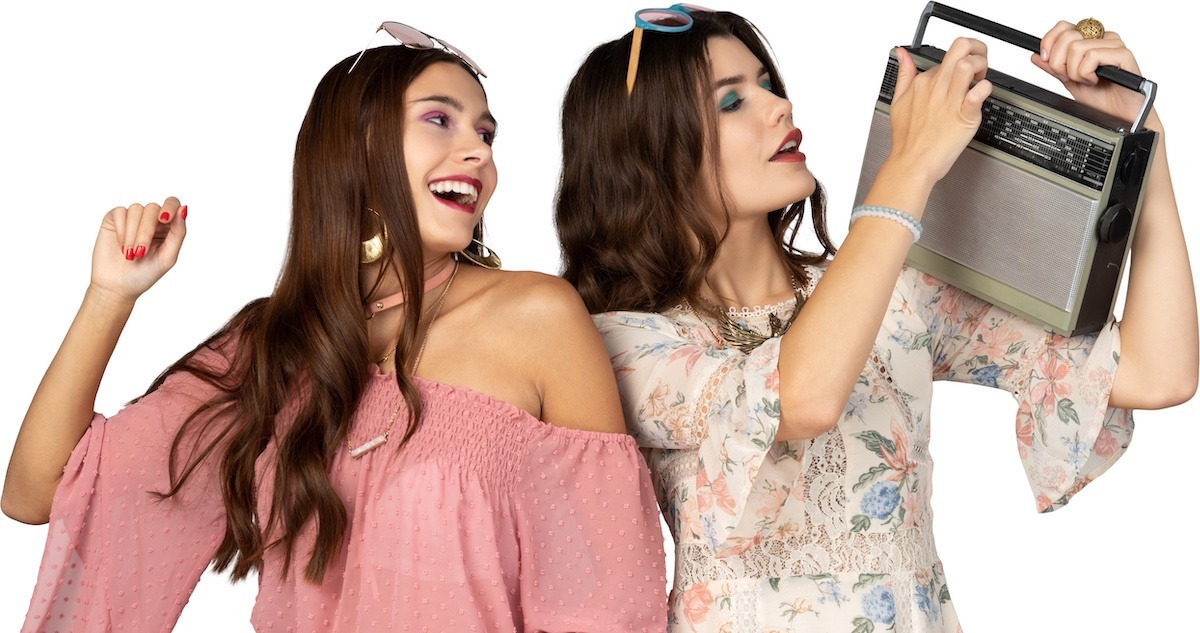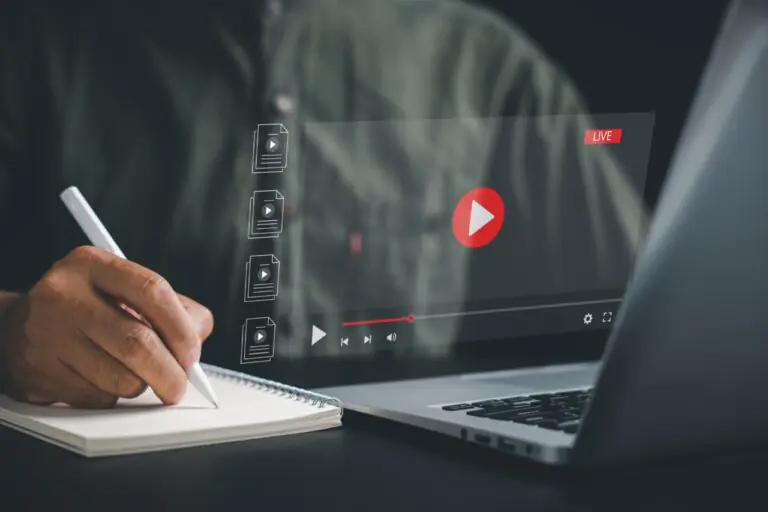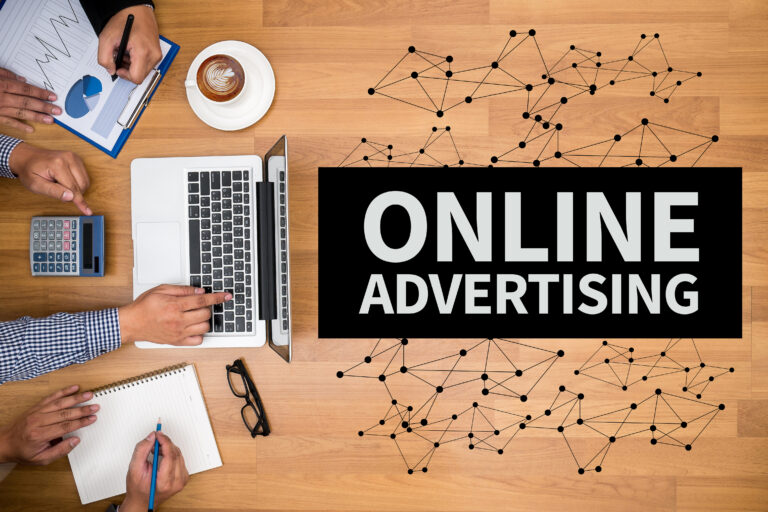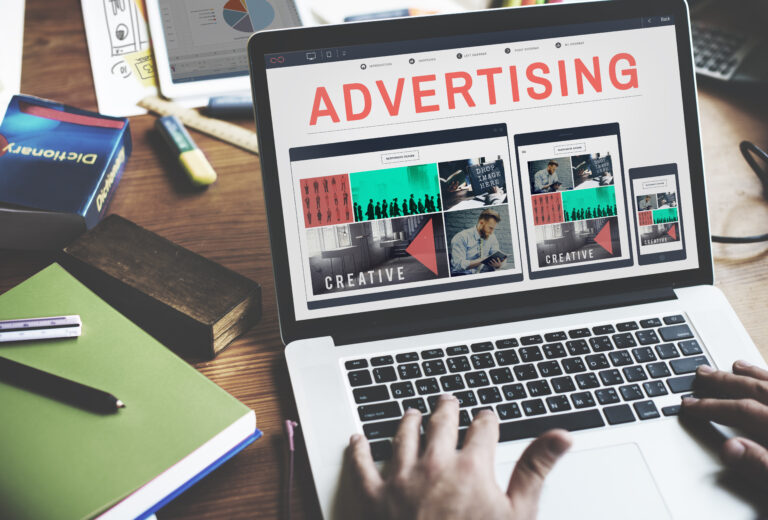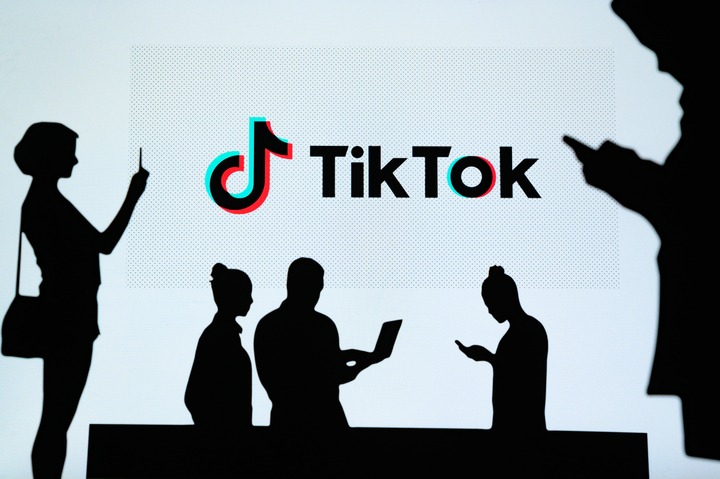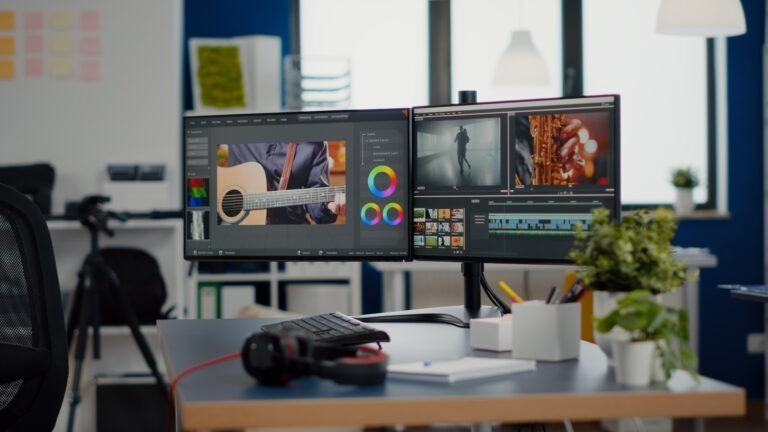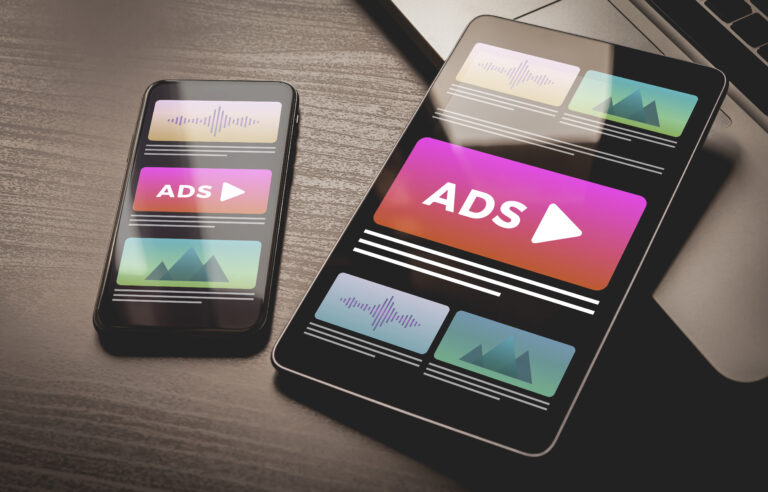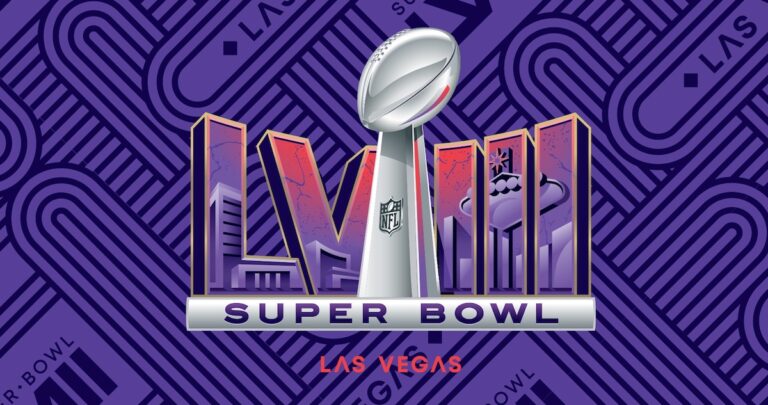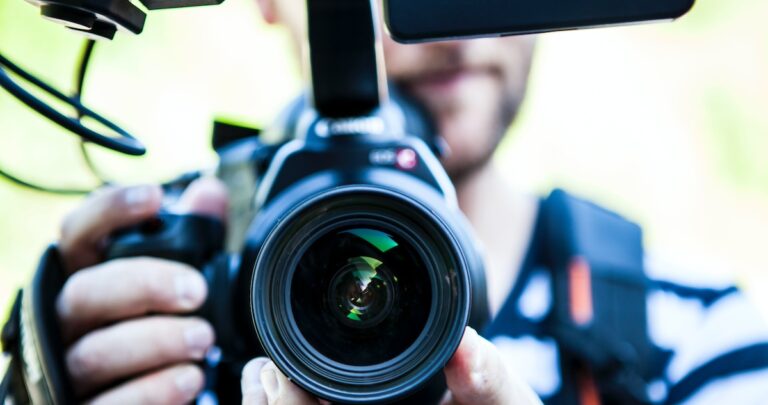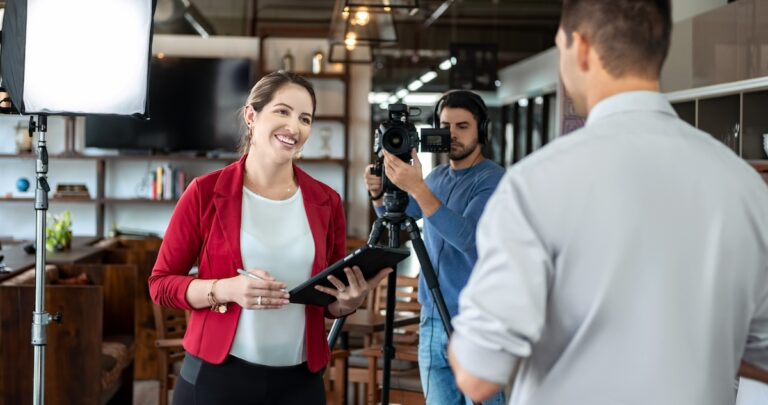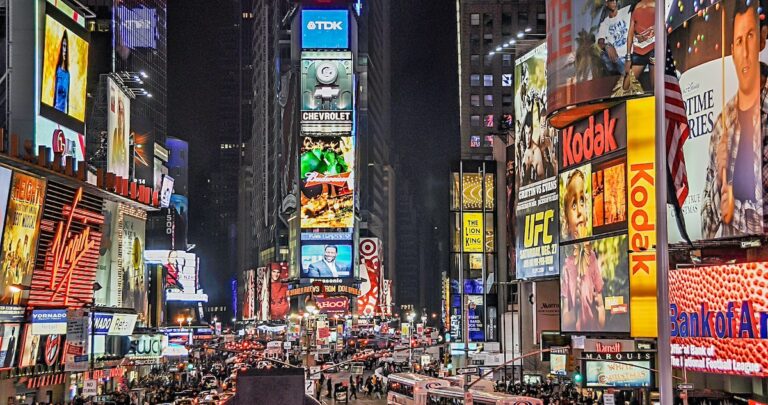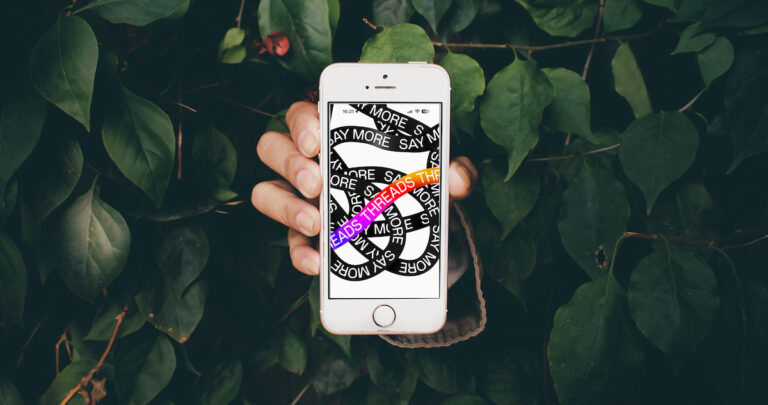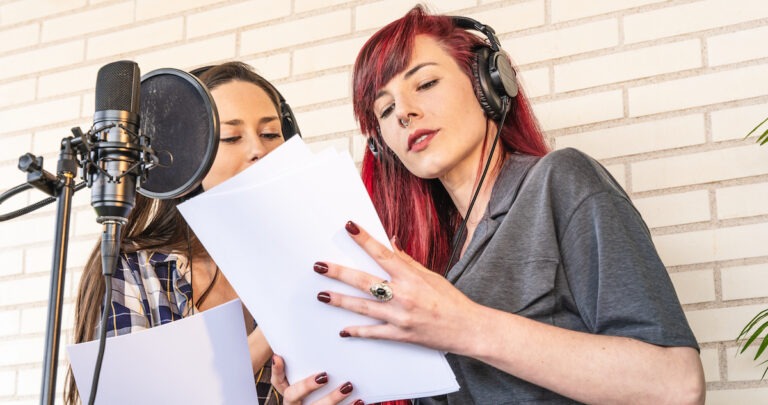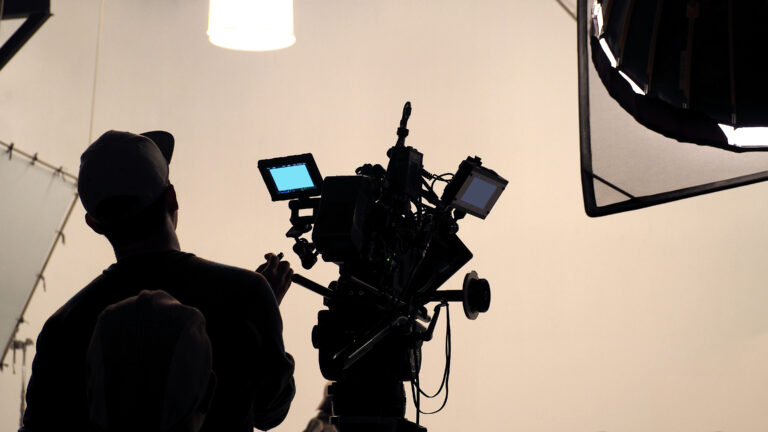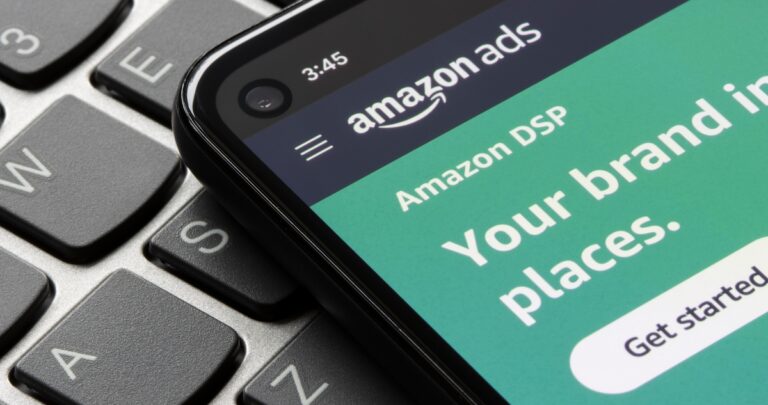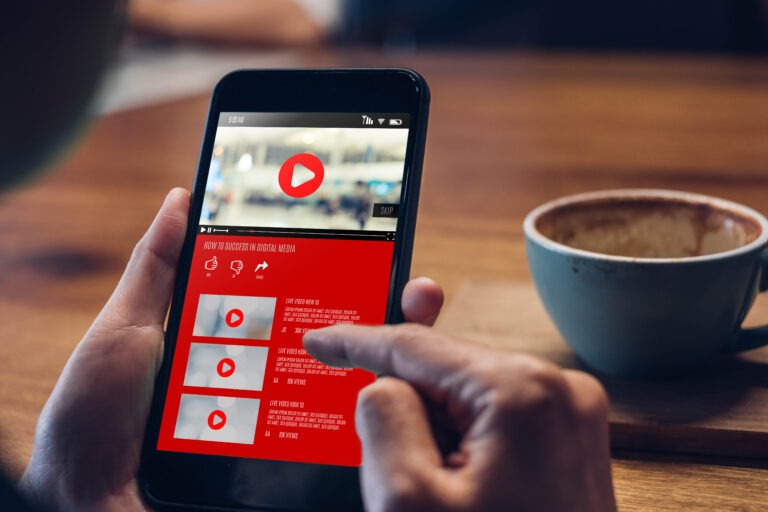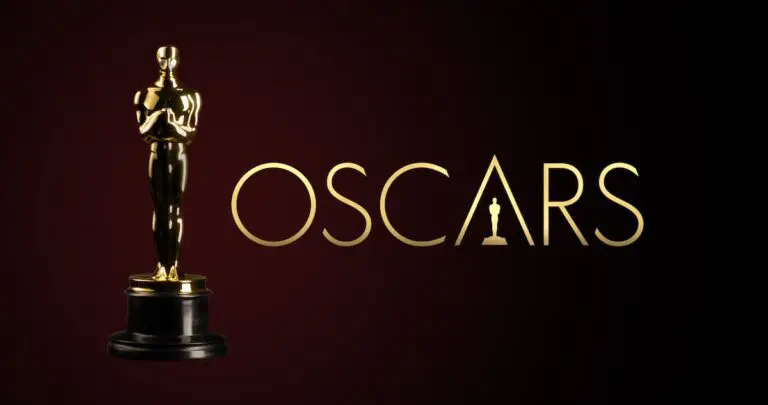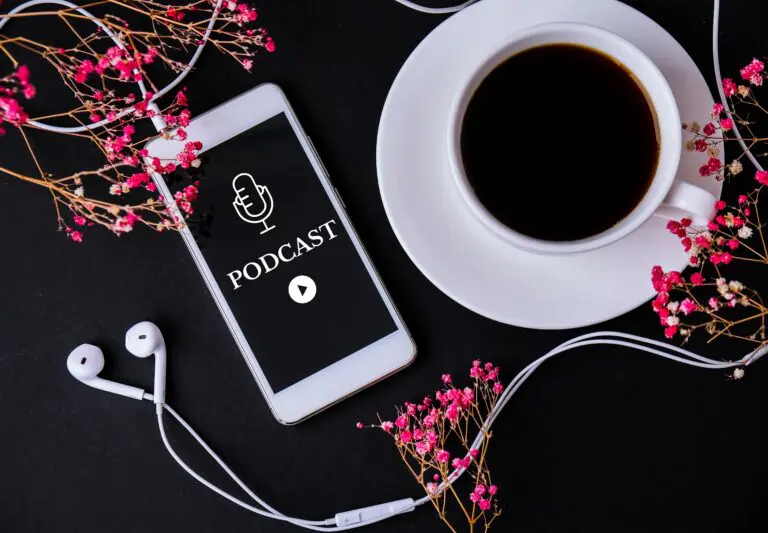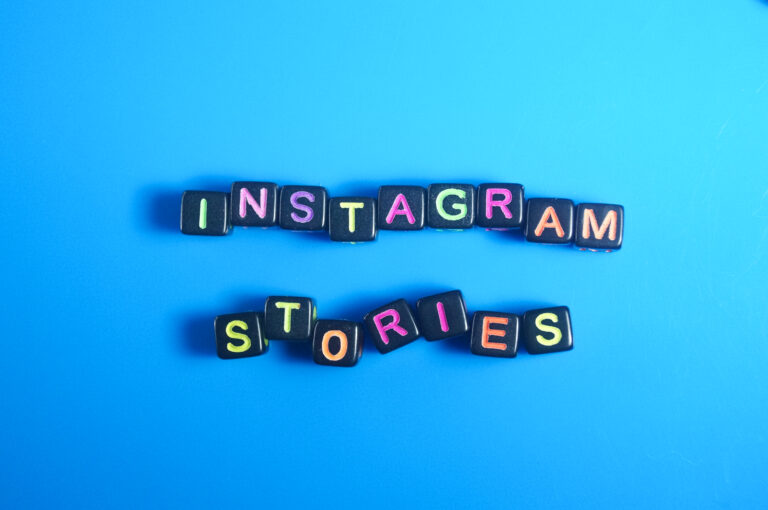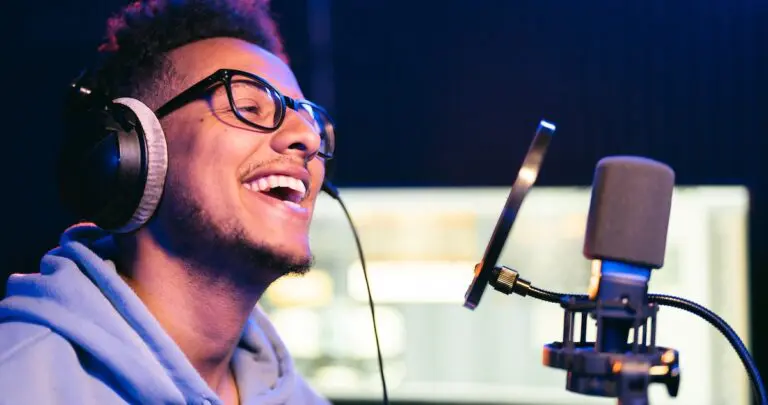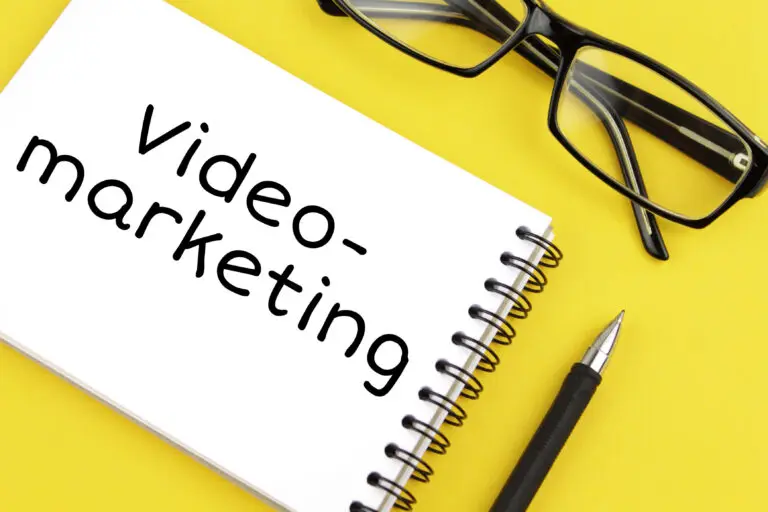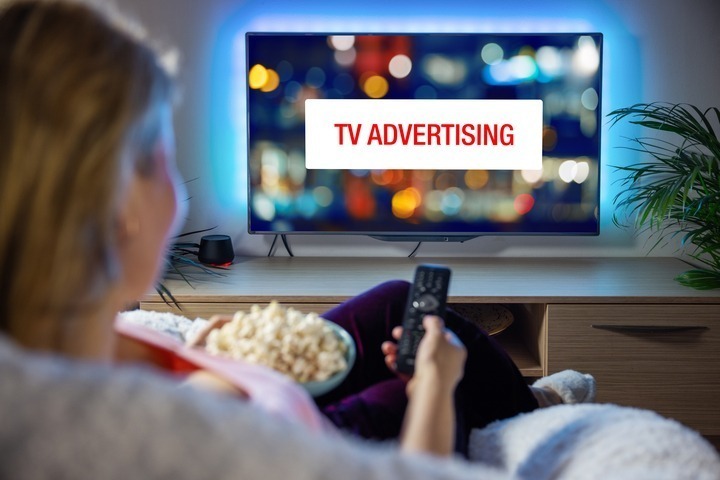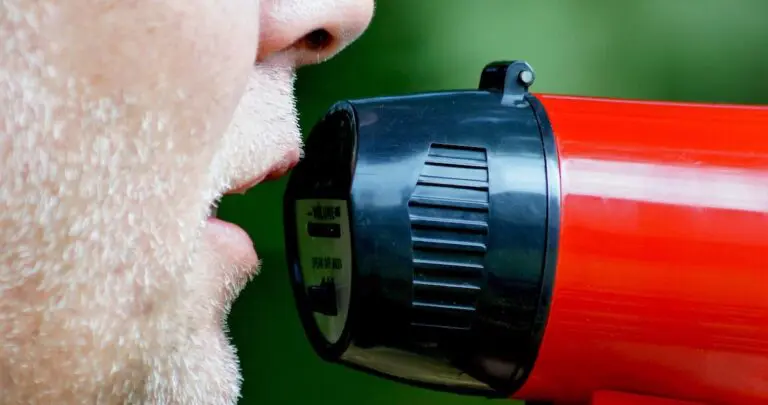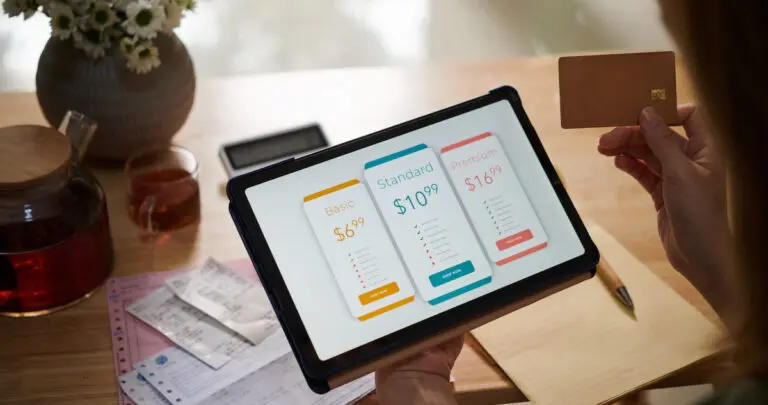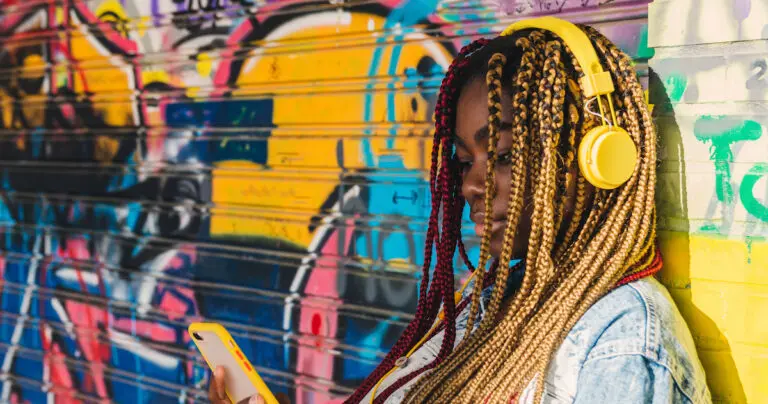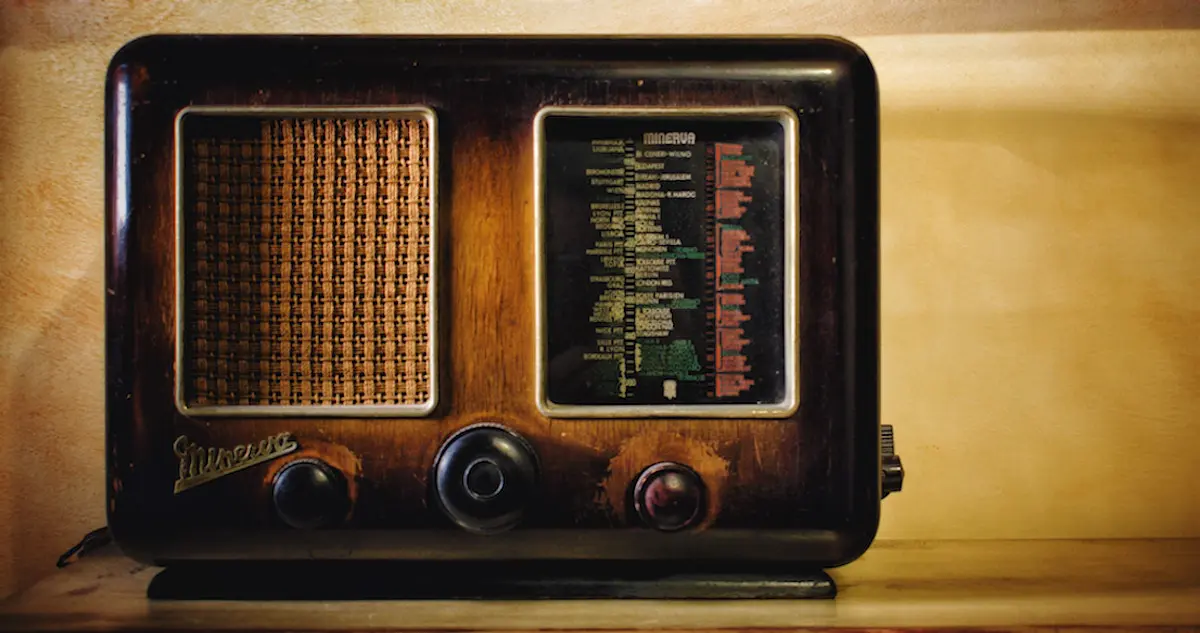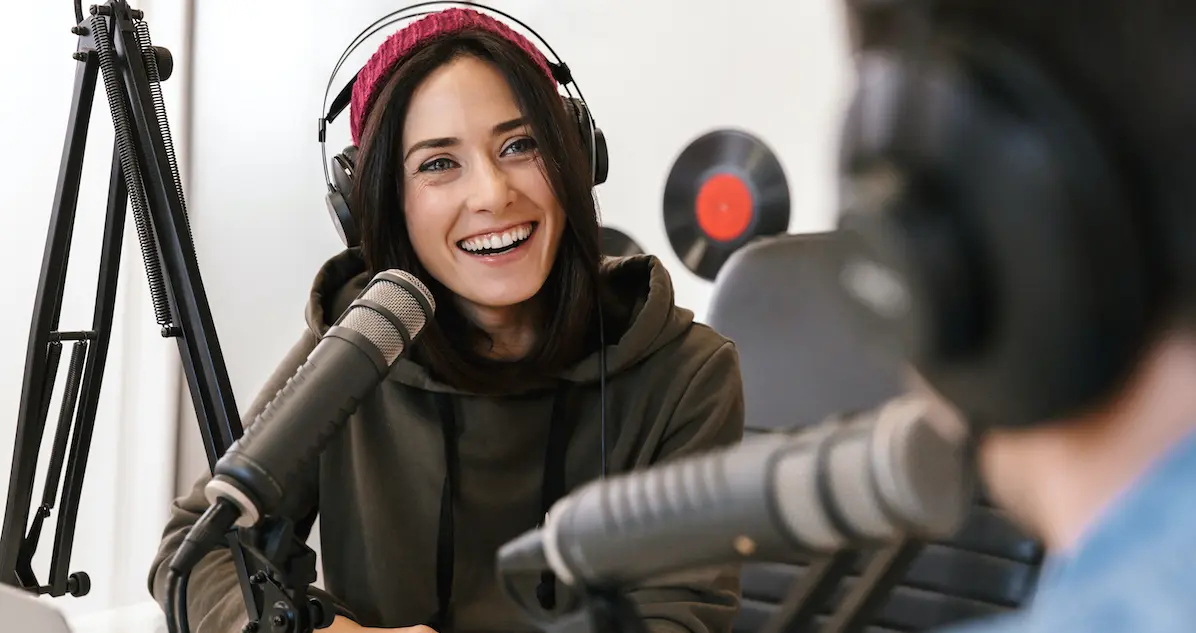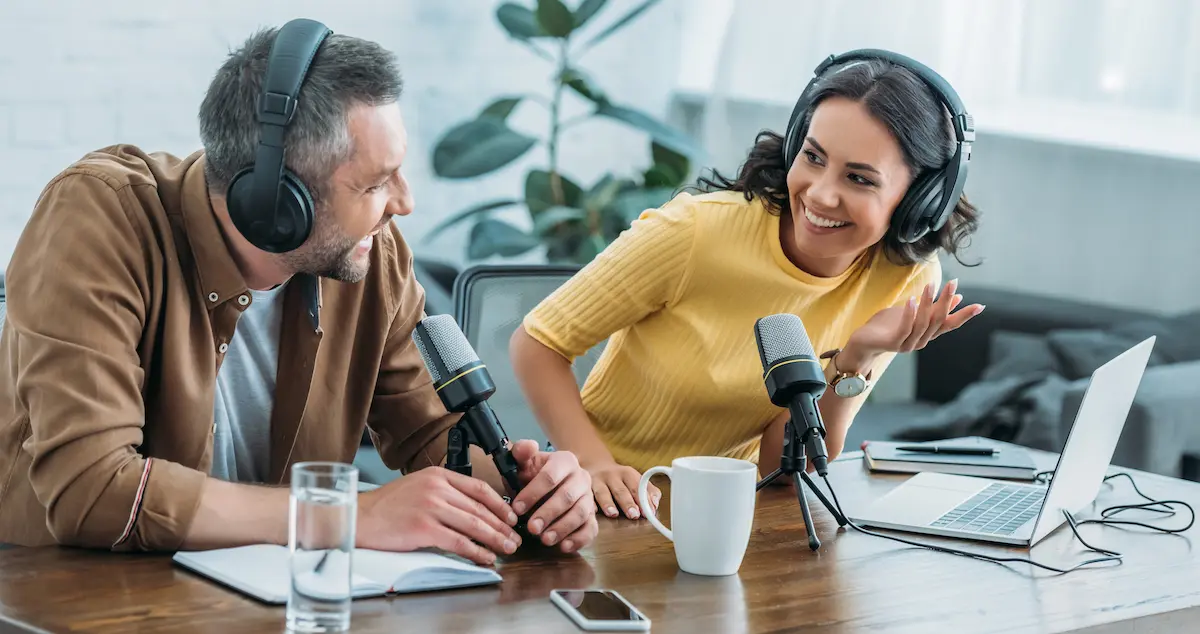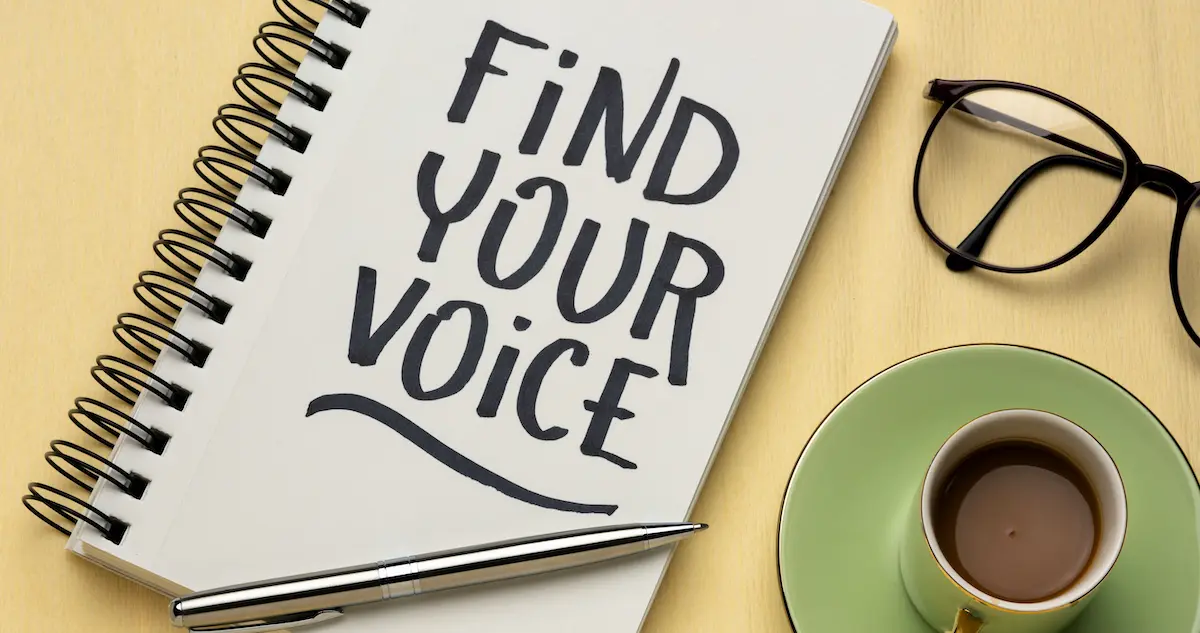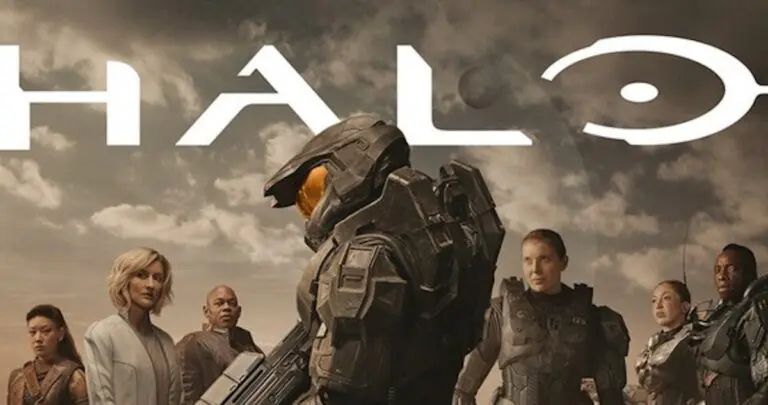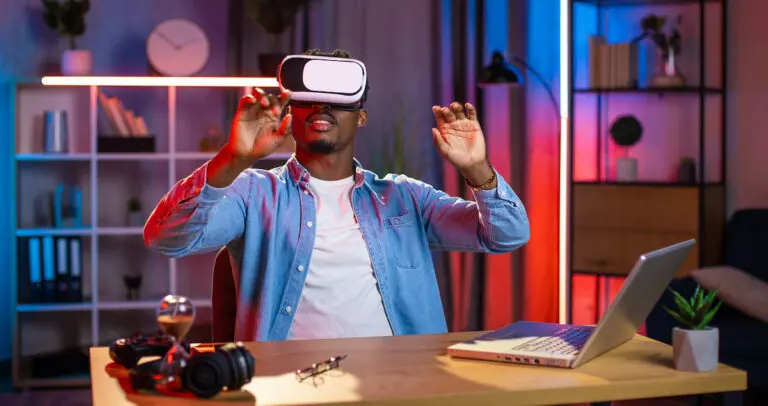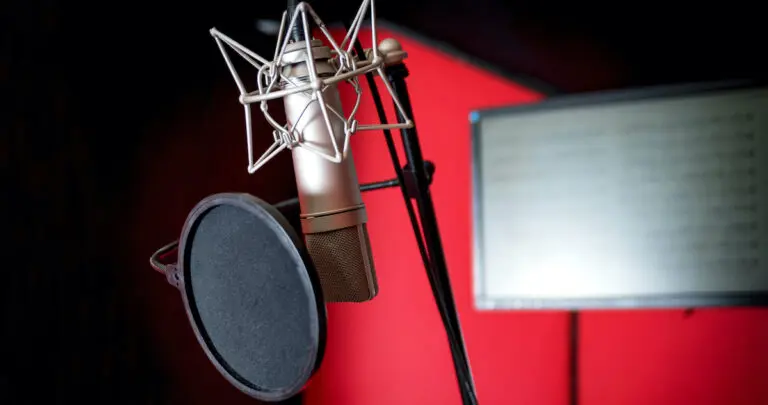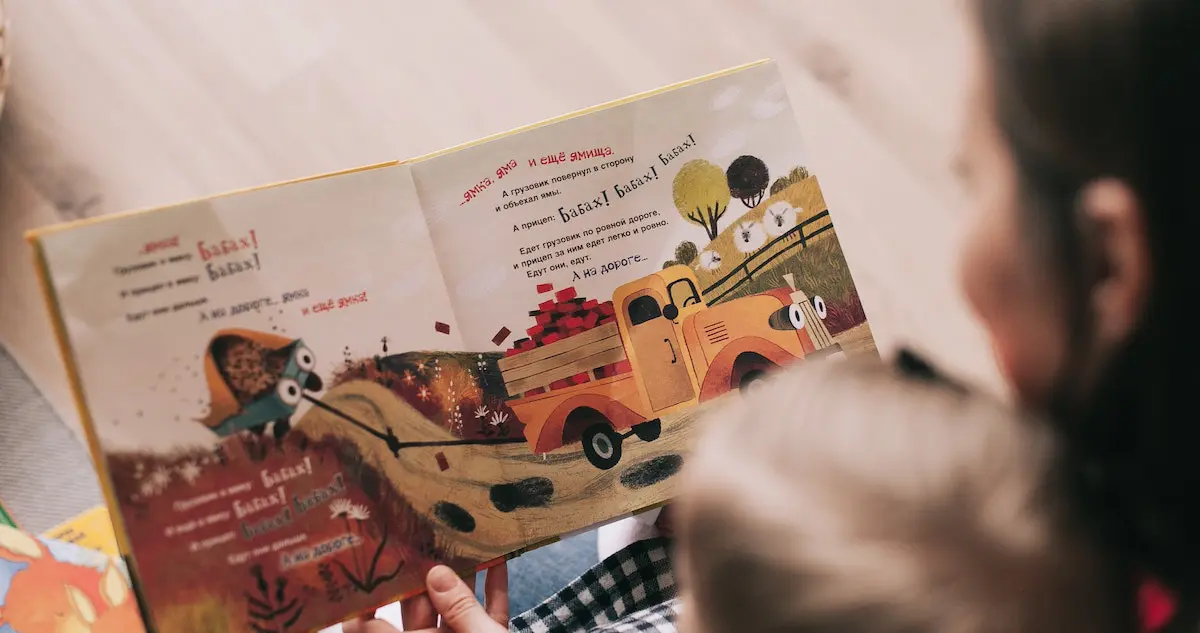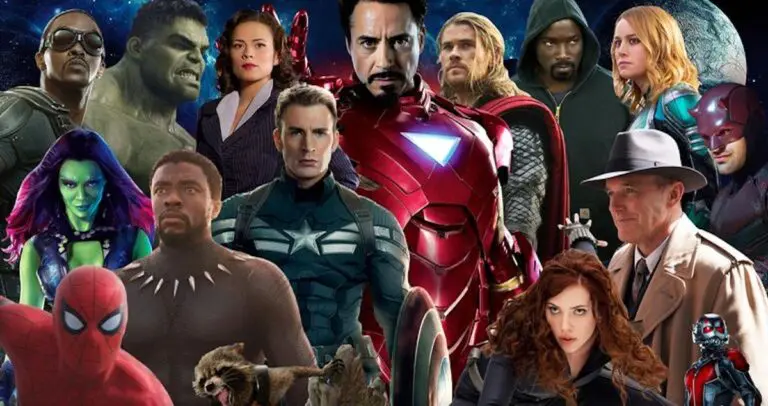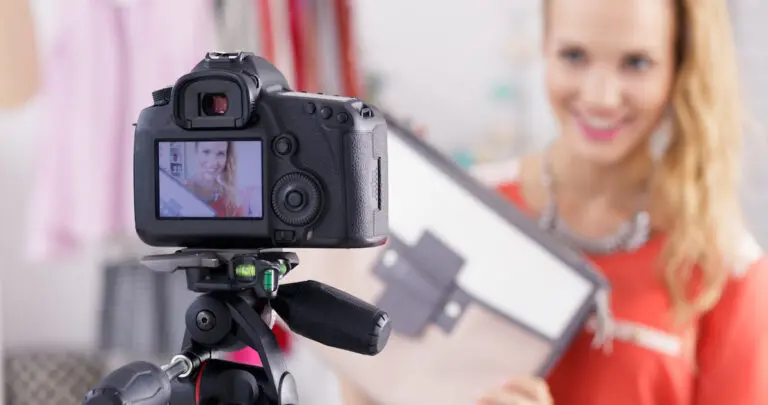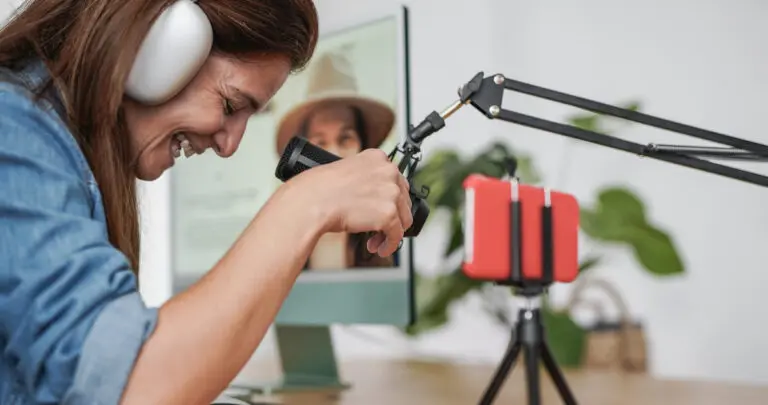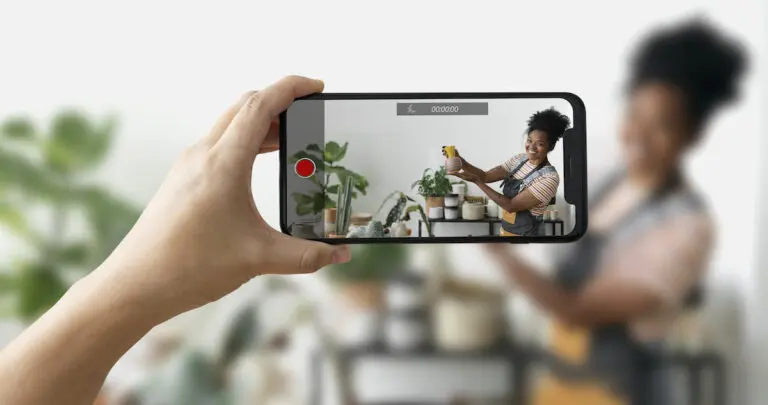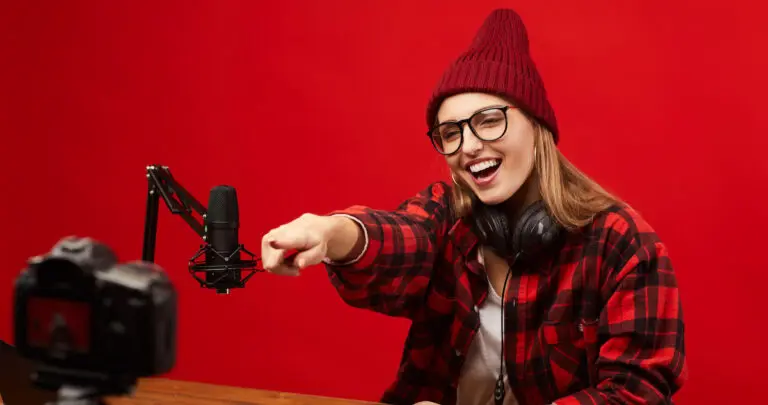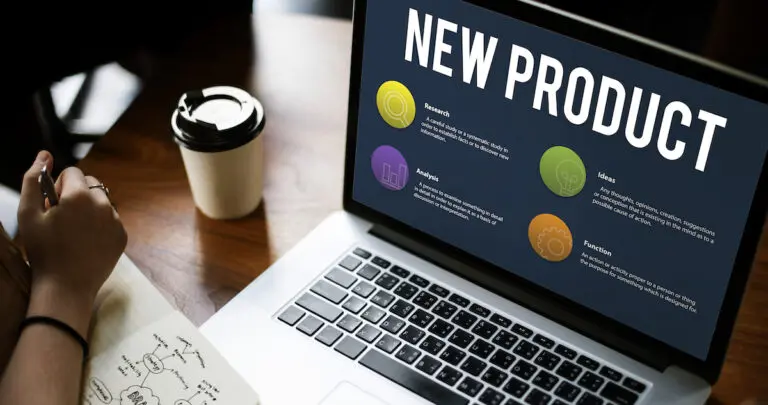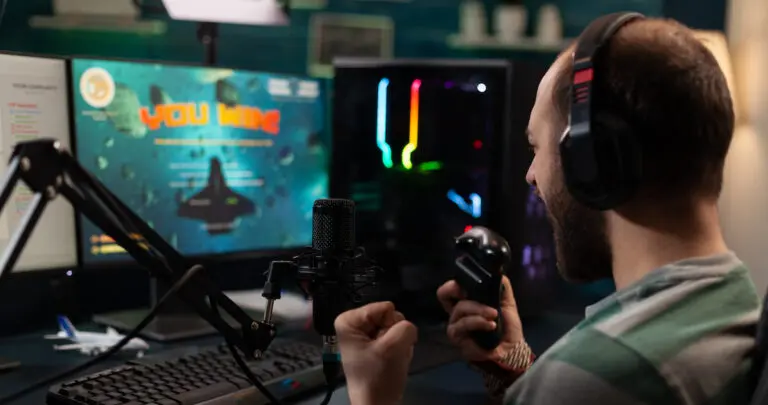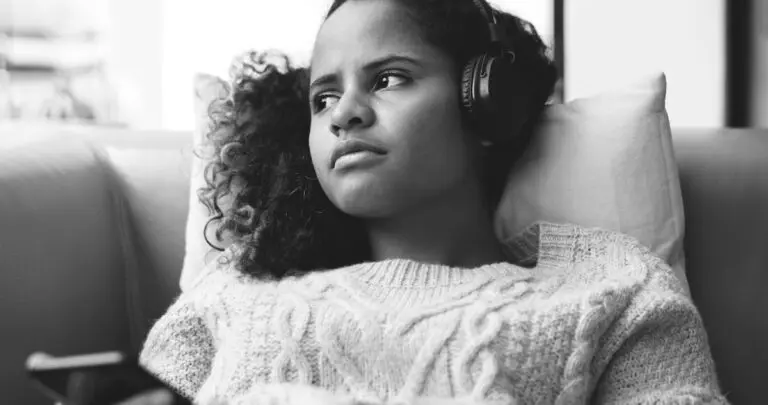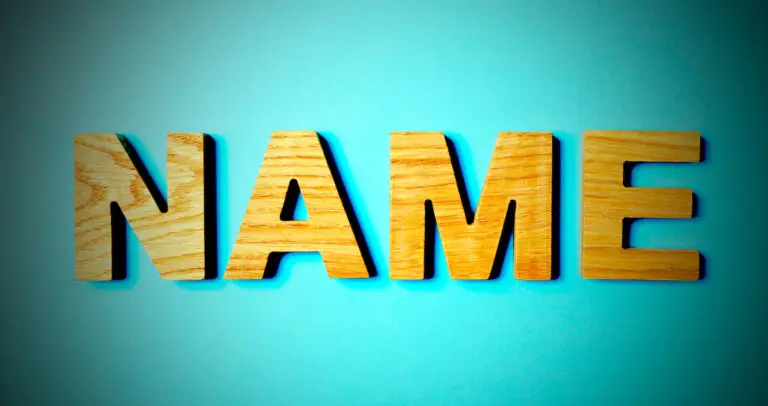If you’re considering radio advertising in 2024, you’re on the right marketing path. According to Nielsen Media Research, 88% of Americans (293 million) still listen to AM/FM stations weekly. Imagine you’re stuck in traffic without your usual morning coffee. Then you hear an ad for McDonald’s on the radio and see a flashing drive-thru sign just meters ahead. That radio ad is motivation enough to quench your caffeine thirst with a quick detour.
Now, at Voice123, we understand the driving force behind impactful marketing. Because even something as simple as jingles, statements, and questions have incredible persuasive power. And since radio ads are short, cost-effective, and have direct audience reach, they form an evergreen marketing strategy. Let’s explore radio advertising in 2024, the cost of radio advertising, and how to write radio ads that draw listeners to your brand. Tune in here.
What is radio advertising?
Radio advertising is when companies purchase on-air commercial time from radio stations. They’re available in 15, 30, and 60-second time slots, to air commercials that promote their brand, products, or services. The advertising also targets specific demographics. It can include catchy tunes (jingles) or interesting phrases designed to grab the listener’s attention. Think how ‘Red Bull Gives You Wings.’
Radio ads are a powerful marketing strategy. Despite numerous online platforms, radio stations continue to attract millions of dedicated listeners during commutes and daily activities. Radio is the perfect platform to target specific demographics and locations using specialized advertisements. You can even tailor messages based on demographics, interests, or listening habits.
A car manufacturer can collaborate with a radio show host to share driving anecdotes and foster brand excitement in listeners. And a sports-related product can feature during a sports talk show. With digital integration, online streaming platforms allow advertisers to reach a broader audience that you probably wouldn’t reach with tv commercials or ads on streaming services. So if you’re ready to get started with radio ads, you first need to know how the cost of radio advertising.
How much does a radio ad cost?
The average CPM for radio ads is between $10-$20, while the average radio advertising costs range between $200 and $5000 per week, depending on location, listening size, ad length, and radio station. With some spots as low as $5 and others as high as $8000.
Other factors influencing cost are:
Audience demographics – A station targeting a specific demographic can command higher rates. For example, advertising a product for young adults could be more expensive because it’s the station’s focus demographic.
Primetime slots – Morning and evening drive times are more expensive and have limited inventory because of higher listener engagement. While late-night or overnight slots are cheaper because of lower listenership.
Varied pricing models – With CPM (cost per thousand), advertisers pay a fixed rate for every thousand listeners the ad reaches. For example, a CPM of $30 reaching 100,000 listeners has a $3,000 radio ads pricing.
With CPP (cost per point), however, the focus is on the station’s ratings. Advertisers pay based on the rating points they want to achieve. If the CPP is $60 and you want to achieve 100 rating points, the radio advertising costs would be $6,000.
How much does a 30-second radio ad cost?
30-Second small-market radio ads are between $100 and $500, medium-market radio advertising costs between $500 to $1,500, and large-market radio ads pricing range from about $2,000 to $5,000 or higher. However, larger markets with a higher population and greater reach have higher advertising costs. Additionally, prime time slots during popular radio programs or peak listening hours command higher prices. Although these are general estimates, actual prices vary depending on specific circumstances and negotiations with radio stations.
Now that you know the basics of radio ads pricing, let’s look at some examples of popular radio ads.
Radio ad examples

- Home Depot’s radio ads took the lead in radio ad sales over the 2022 Memorial Day weekend. Michael Hibbison, Home Depot’s VP of integrated media, explained why the mega-brand opted for radio ads above other more popular digital mediums. He said, “Without the continued success in reaching customers that radio has provided us, we wouldn’t be able to do all that we do today. We have a customer base that listens to the radio; they really like it. It’s one medium that has truly stood the test of time.”
- The ESPN Radio show Mike & Mike uses radio ads because of the success of their popular on-air hosts. The voices of hosts Mike Greenberg and Mike Golic carry extra weight with the show’s listeners. The humorous banter between the Mikes keeps listeners entertained, making them more likely to stay tuned for the in-between radio ads.
These examples highlight how the unique strengths of radio advertising to engage audiences and achieve positive results. So how can you write a radio ad that has the same appeal?
How to write a radio ad
You can write a radio ad that attracts and holds attention by knowing your target audience, keeping your message concise, creating a memorable hook, using sound effects and music, conveying your message clearly, and evoking emotions.
Here’s a breakdown of how to do it.
1. Know Your target audience
Research your target audience’s demographics, interests, and preferences to tailor your brand message. Use language, tone, and references that resonate with your audience to create a stronger connection. If your target audience is young adults interested in fitness, use a radio ad for a gym membership with an energetic voice actor and emotive language to appeal to healthy lifestyle desires.
2. Keep the message concise
Radio ads are usually less than a minute long, so focus on the main points. Highlight only the most compelling aspects of your product or service, key benefits, and unique selling points. Instead of listing a new smartphone’s every feature, focus on one key element, like a high-resolution camera, and how it can enhance the user’s photography experience.
3. Create a memorable hook
Start your opening line with a catchy phrase, intriguing question, or attention-grabbing sound effect to make the radio ad memorable and pique curiosity. For example, use an expression that makes listeners pay attention – Tired of endless traffic jams? Imagine breezing through your daily commute with our revolutionary dodge-traffic app.
4. Use sound effects and music
Sound effects and music can enhance your brand message and evoke emotions. Music, however, can set a specific tone and create an emotional backdrop. A car dealership ad can incorporate sounds like a revving engine, honking horns, and upbeat background music to create excitement and urgency.
5. Convey your message clearly
Use clear messaging with simple, easy-to-understand words and phrases and focus on conveying your core message or call to action so listeners understand what you want them to do. For example, Stomach growling? Try our mouthwatering burgers and fries delivered to your door fresh off the grill. Call now to get a free side of fries.
6. Evoke emotions in listeners
Emotions appeal to listeners’ desires, fears, and aspirations. So, create relatable scenarios to capture listeners’ attention and create memorable connections. A pet adoption center can evoke emotions by sharing the heartwarming stories of rescued dogs finding forever homes.
Final thoughts on radio advertising

Radio advertising can help you leverage your brand with a willing audience. So to write a radio ad that captures attention, start by knowing your target audience, keeping your message concise, creating a memorable hook, using sound effects and music, conveying your message clearly, and evoking emotions. And to further enhance your radio ad campaigns, consider using Voice123 – a trusted platform of professional voice over services. With our diverse pool of experienced voice actors, you can bring any message to life. Our talented voice actors also offer additional services when you post a project which include producing a complete and mastered radio ad.
So, visit our voice actor portal to browse through voice samples, review actor profiles, and choose the perfect voice for your radio advertising campaign today!
FAQs on radio advertising
The Coca-Cola Share a Coke radio ad features personalized bottles with popular names promoted through catchy jingles and relatable stories to create emotional connections with listeners.
The average cost for a 30-second radio ad ranges from a few hundred dollars to several thousand dollars, depending on market size and time slot.
Radio ads are usually products and services like food and beverage brands, automotive companies, insurance providers, retail stores, and local businesses.
The message should be concise and compelling enough to grab the listener’s attention by focusing on a product/service, key benefits, and unique selling points. language that resonates with the target audience and includes a clear call to action to drive desired consumer behavior.


